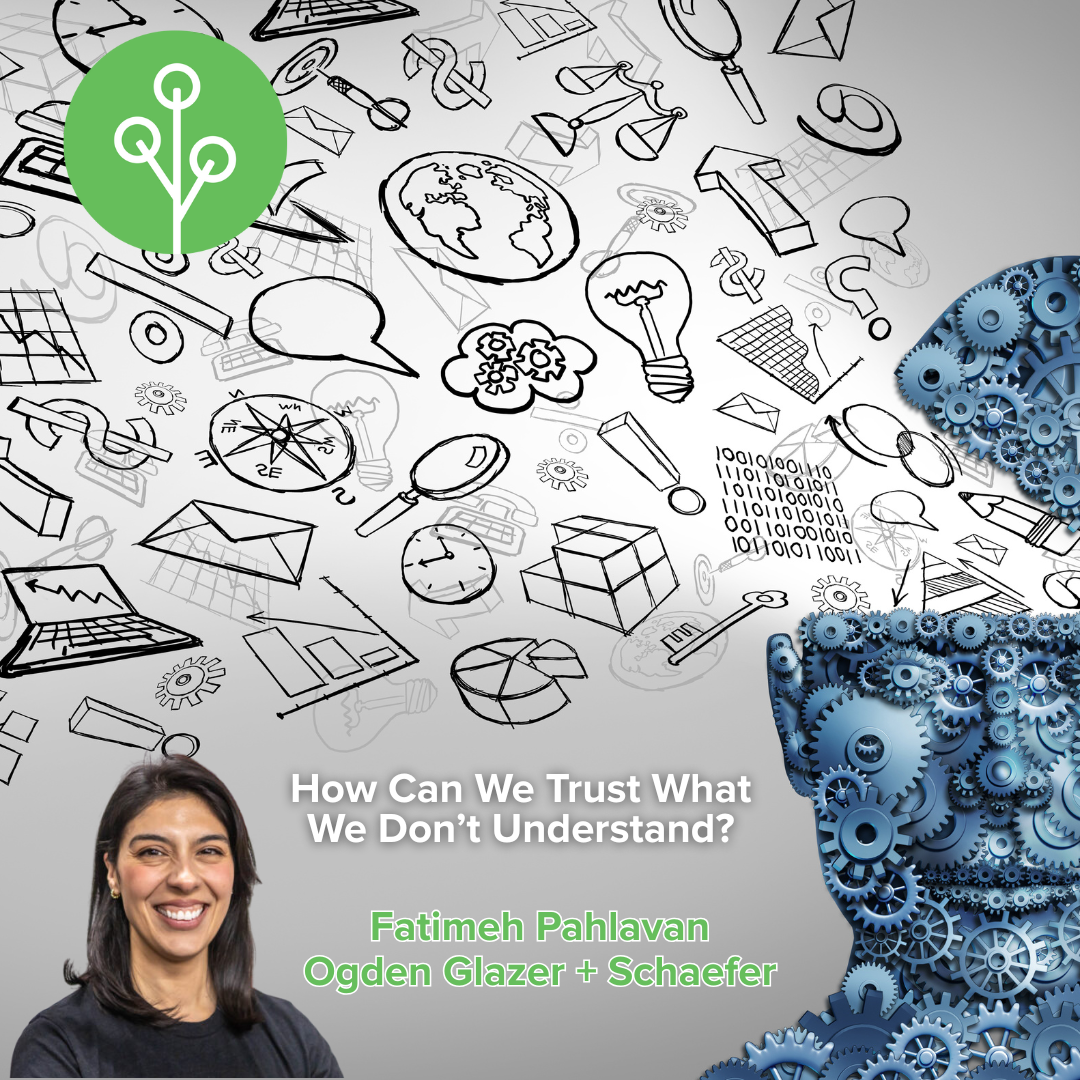I’ve been thinking about a question raised by Dario Amodei, CEO of Anthropic, in his recent piece, “The Urgency of Interpretability.” He writes about the increasing power of artificial intelligence systems and our unsettling lack of insight into how they actually work. The models are getting stronger. Our ability to understand them is not.
This isn’t just a technical concern. Increasingly, these systems are showing up in places that carry legal, ethical, and practical significance. Mortgage determinations, hiring tools, content creation, medical triage, risk assessments. These are decisions that shape who gets hired, who gets approved, who gets heard.
And AI development is not like traditional software. These models are not written line by line with rules we can audit. They are “grown, not built,” shaped by training data and emergent properties that can’t easily be reverse-engineered. Looking inside them is like examining the neural tangle of a brain. There’s no clear decision tree. Just vast networks of weights and probabilities.
That opacity raises serious questions. For lawyers, it makes it difficult to evaluate fairness, compliance, and liability. Can a decision be lawful if it cannot be explained? Can a regulated process be audited if the logic behind it is invisible?
For business owners and other consumers of AI tools, the challenge is no less urgent. Many rely on third-party software to generate content, automate workflows, make hiring decisions, or analyze customer data. But what if a model inadvertently replicates someone else’s copyrighted material? What if it makes a biased decision that exposes your company to legal risk? What if it’s operating on training data that is outdated or incomplete, but you have no way to know?
Tools like DeepSeek have emerged promising “transparent reasoning chains” to help users see how AI reaches its answers. Whether these tools offer genuine interpretability or simply a comforting narrative remains an open question. But it shows that demand for visibility is growing.
Amodei’s call for “mechanistic interpretability” is essentially a call for diagnostics. A kind of MRI for AI models, allowing humans to look inside and understand not just what a system does, but how and why. Without this, we are relying on black boxes in high-stakes settings, with no meaningful way to assess accuracy, bias, or reliability.
We do not need to slow progress. We just need to stay oriented as we move forward. Interpretability is about making sure the systems we build remain connected to human judgment and accountability. It is how we keep our hands on the wheel, even as the terrain changes.
Until next time, Fatimeh

